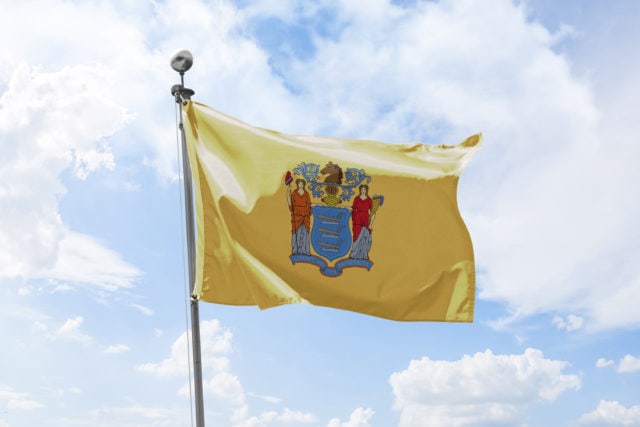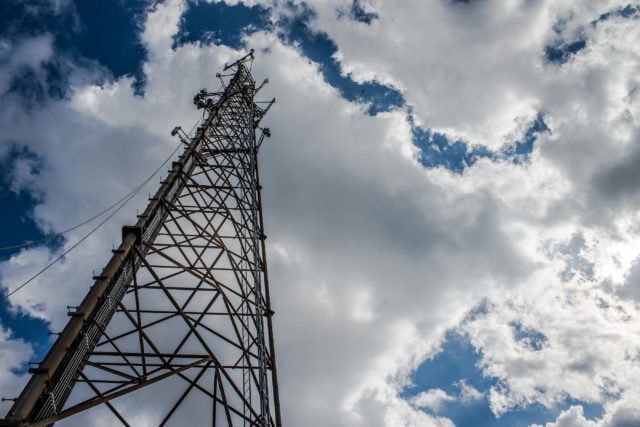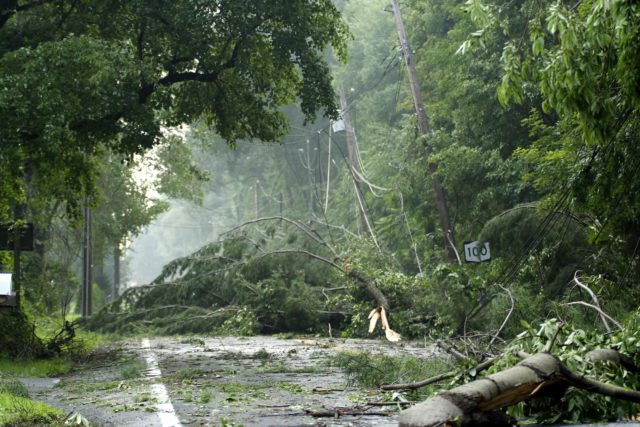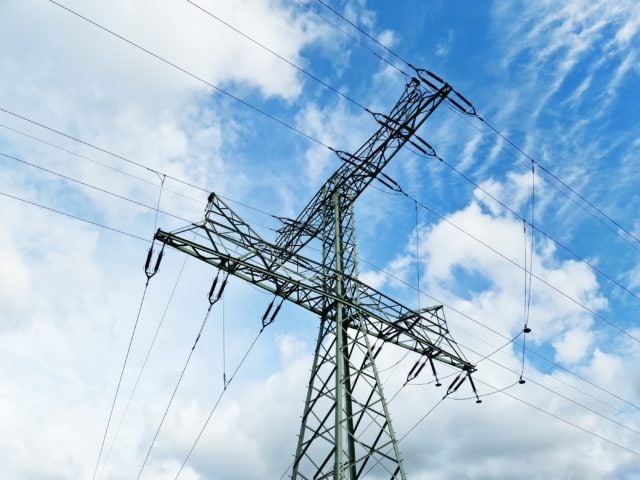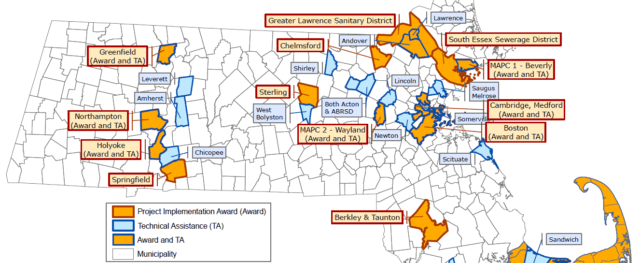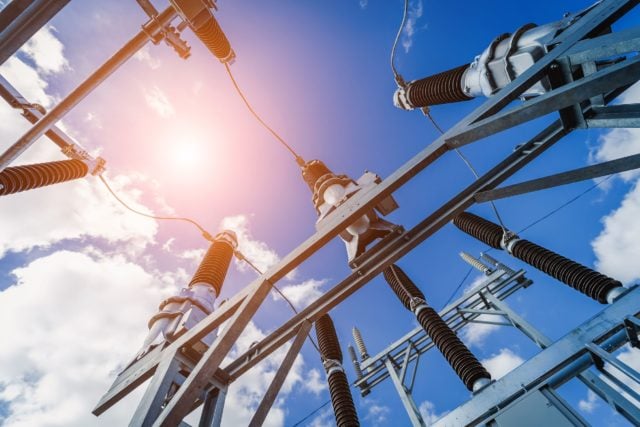Todd Olinsky-Paul
The results of New Jersey’s Renewable Electric Storage Competitive Solicitation are in, and they are impressive.
Ever notice an obvious solution to a problem that nobody else seems to have picked up on? That’s what happened in Florida in 2012 when the Florida Solar Energy Center, working closely with the state energy office, began a program to equip public schools designated as community hurricane shelters with resilient solar+storage systems.
When considering critical infrastructure for resilient power solutions, states and cities often tend to focus on the usual suspects: public shelters, medical facilities, transportation hubs, fueling stations, first responders, emergency management facilities.
The Massachusetts Department of Energy Resources (DOER) has announced its second round of resilience program awards, and once again, the results are extraordinary.
Last month, Clean Energy States Alliance awarded a State Leadership in Clean Energy (SLICE) award to the Connecticut Department of Energy and Environmental Protection (CT DEEP) for its groundbreaking resilient power microgrids grant and loan program.
Over the past year, we have seen a number of states initiate resilient power and microgrid initiatives. But in addition, a few states have begun a process of revisioning their electric grids.
According to a report from the New York City Resiliency Initiative, 88% of the city’s steam generating capacity, 53% of the in-city electric generation capacity, 37% of transmission substation capacity, and 12% of large distribution substation capacity currently lie within the 100-year floodplain.
The Massachusetts Department of Energy Resources (DOER) and the Patrick administration have awarded $7.4 million to six municipal-led resilient power projects that will support critical infrastructure and services during natural disasters and other emergencies.
Every so often, an idea seems to take on a life of its own. For example, a year or two ago, every energy blogger was talking about “solar soft costs,” and how to reduce them. Recently, the phrase du jour is “utility death spiral.”
We in the Northeast have seen firsthand the enormity of the changes wrought by Hurricane Sandy – not only the storm damage itself, but subsequent and longer-lasting changes in state policy addressing resilient power and the electric grids.





